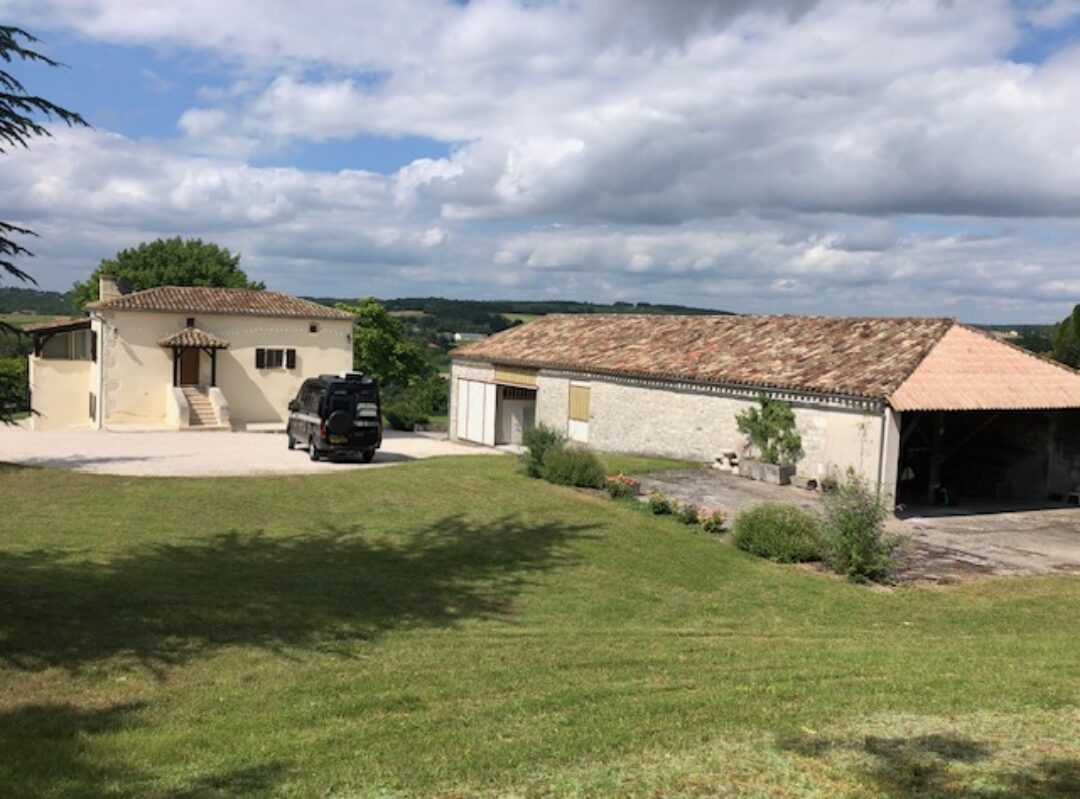We’ve travelled back to the house in the Haute-Vienne as Joe is travelling to Normandy to meet up with biker friends from the UK and attend the Normandy Beach Race, a race of vintage cars and bikes that takes place on Sword Beach in Ouistreham. (https://Normandy beach race.com/en/). This is the first time we’ve been apart for any length of time since the first lockdown, so a strange experience. Early on in our relationship when Claire was going away on a pre-arranged solo trip, Joe commented that we should keep in mind the well known saying about being apart. Expecting some romantic saying, Joe cheerily quipped “You know – ‘out of sight, out of mind’!” So that has been our maxim for periods of separation since!
Anyway it gives me the opportunity to do some things that might not be of such interest to Joe and I decided to take the train from Le Dorât to Limoges for the day. We’ve mentioned previously that we have a long-stay visitor visa for France which means we can stay here for a year rather than being limited by the Schengen 90 days in 180 days post-Brexit limits. As part of the process of applying for the visa we were aware that we would have to register the visa online once we had arrived in France, in order to formally validate it. What we didn’t know and was never mentioned in the reams of information we had to plough through to apply was that, having registered the visa, we would be summoned to attend a medical examination. Even though we have a visitor visa, it is effectively a 1 year residence permit so I assume they are checking you won’t be a burden on the health system, despite having to acquire comprehensive health insurance to get the visa.
So we awaited the summons for the medical, which duly arrived, and is in fact two appointments – one for a chest x-ray and the second for the medical. The location is determined by the address provided for the visa so we had to travel to Limoges, twice, making day trips of it from the campsites we were staying in. We were assessed to be healthy specimens and, hopefully, we have now jumped through all the hoops. So although I’ve been to Limoges twice, we didn’t really see anything of it as the appointments were on the outskirts of the city, so this was a chance to have a proper look round.
The first surprise on leaving the train is the wonderful station building of the Gare de Limoges-Bénédictins, a beautiful Art Nouveau/ Art Deco building which is listed as a Monument Historique and which sits on a platform built above the railway lines, rather than alongside them. The ground the station stands on was once occupied by a hospital for leprosy sufferers and next to a Benedictine monastery, from which it takes its name. The main concourse still has the original stained glass windows and a huge dome with sculptures representing the 4 French regions originally served by the railway. In 2008 the station was used as a location for a commercial for Chanel no. 5 perfume featuring Audrey Tatou. Emerging at the front of the station it looked like there had been a recent shower but I was fortunate to dodge them for the rest of the day.
From the station I walked first to one of the areas of the old town based around the Cathédrale Saint-Étienne. In 1169 Richard the Lionheart was confirmed Duke of Aquitaine in the cathedral he had built at this location. The present cathedral, considered to be a masterpiece of the Gothic style and attached to the original bell tower, was started in 1273 and completed in the 19th century. The interior features several chapels which have retained their original fresco decorations, tombs and two organs. The gardens at the rear of the cathedral lead onto the botanical gardens, peaceful terraced gardens looking out over the surrounding modern city.
A short walk away is another area of the historic city, centred around the original Château. This was the business area of the city and features many well preserved half timbered buildings. Much of this area is now pedestrianised and taken up by shops and restaurants. This was the first time I’d been near larger shops in a few months so it was very pleasant to browse. There was a lovely surprise to be found as I ducked my head into a small courtyard – Cour du Temple – tucked between two of the shopping streets. The 16th century courtyard with half-timbered and granite buildings with galeries and arcades and a Renaissance staircase was certainly a hidden treasure.

Not far from the covered market hall, bustling with lunchtime restaurants is the Rue de la Boucherie – the Butcher’s village. This picturesque area was previously inhabited exclusively by the butchers of the city and their families. Several of the shops still have their original 19th century shopfronts. In the same area is a small chapel – the chapel of St Aurélien, patron of the guild of butchers who still own the chapel today. When I ducked my head into the dimly lit chapel I wondered at first if it was now being used a ‘brocante’ or junk shop as it seems to be so full of furniture. It still operates as a chapel so perhaps the number of chairs shows they have an active congregation.

After exploring these areas and getting some lunch near the Butchers’ village I wanted to find out more about a product that Limoges is famous for. More to come on that….















So interesting Claire. Hmm Joe has a sense of humour – good😂
Reading through, I began to wonder if you had forgotten what Limoges was famous for – until I got to the end. Look forward to the next episode.
Love, Mary x
P. S. Do you intend to publish your journals?